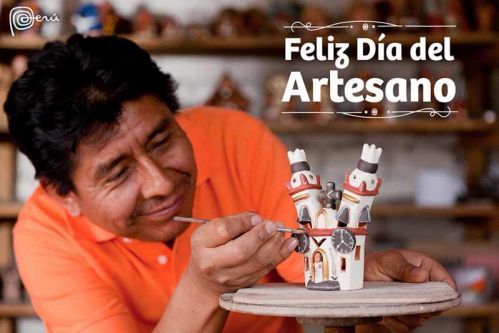While on October 31 most think of Halloween, Peru celebrates on that day the Day of the Creole Song (Dia de la Cancion Criolla), an important part of the coastal culture of the country.
Even though the Halloween fever is infecting an increasing number of Peruvians and you find smaller and larger Halloween spectacles and parties all over the country, especially in Lima and other coastal towns, the criolla culture is still widely celebrated. On that day, the most popular creole stars and groups and less known creole artists get on the stage of restaurants, bars, peñas and theaters presenting shows and concerts in honor of this typical Peruvian music.
The música criolla (creole music) or the canción criolla (creole song) first developed during colonial times when the music of the Spanish conquerors merged with native Andean sounds and the African rhythms brought to the country by slaves. These African slaves made music during private gatherings with a mixture of Spanish and Andean instruments such as the Spanish guitar and the Peruvian cajón, using the lyrics of coplas (Spanish popular songs) and the rhythms from back home. Later other mainly European influences merged with the new music style and a varied Peruvian music genre developed, which remained the music for the (mostly black) social underdogs and outcasts in a racist country until the mid-20th century.
Fighting racism and discrimination with their music, while demonstrating the country's Afro-Peruvian folkloric traditions, Peruvian singers such as Chabuca Granda, Susana Baca, Lucila Campos, Caitro Soto and later Eva Ayllon and Peru Negro made the creole music in Peru socially accepted and internationally recognized and themselves stars. Today the música criolla is highly popular in the country and a reflection of the coastal culture of Peru.
The most popular genre of the música criolla surely is the graceful and romantic Marinera. Other today popular genres include the Vals Criolla (the creole waltz), the festive Festejo, the bluesy Lando, the Peruvian Polka and the Tondero from the northern coastal region.
So, if you are in Peru somewhere along the coast on October 31, indulge into the Peruvian culture through creole music.
In larger cities along the Peruvian coast many public concerts, shows and events in honor of the creole song take place in parks, restaurants, bars and even casinos. If you really want to enjoy the traditional Afro-Peruvian creole music, make a stop in a peña. For this special occasion, most offer special shows with well-known local artists and lots of traditional food.
In Lima a good place to be is Barranco and here especially around the "Puente de los Suspíros" (Bridge of Sighs), which Chabuca Granda made famous with a song dedicated to it. You will find many street musicians playing the one or other of her songs for you for a small tip.
And last but not least, the big stars, such as the legend of the musica criolla, Eva Ayllon, traditionally give special concerts on the Day of the Creole Song.




























